Contribution of VR in Health Sector

When we think about virtual realities, we limit our imagination to gaming experiences or immersive entertainment. But it is way beyond IT only. It is spreading its roots in fields of advertising, marketing, accounts, healthcare, academics, laws, etc. With its extended reality (xR) technology, it is poised to have a profound impact across an array of industries.
Alongside VR, artificial intelligence (AI) is also revolutionizing the healthcare landscape — enhancing diagnosis accuracy, patient management, and treatment personalization. You can explore more insights in this GoodFirms report on AI in healthcare and patient care management to understand how these innovations complement each other in transforming patient outcomes.
Mental Healthcare
With the continued rise in the number of mental illness patients, the need for stable and risk-free treatment is also increasing. Health professionals use VR to treat their patients experiencing phobias and health disorders like PTSD (post-traumatic stress disorder). VR can characterize the severity and recognize the trigger to such events. Appropriately regulated exposure triggers a manageable response without challenging the patient enough to cause adverse effects. The patient can then learn to become more accustomed to the sensations and practice cognitive-behavioral techniques that will help them manage deleterious responses. They understand the triggers and respond accordingly.
Comfort of Patients
The most appreciated thing about VR is that it offers comfort to the patient during the healthcare process. Currently, millions of patients suffer from chronic and acute pain daily, which makes it challenging for patients to manage painful episodes. Health professionals run tests on VR technology to test its capability in the management of pain. Health professionals also use VR to treat patients, along with the infamous phenomenon of phantom limb pain, in which a patient’s brain experiences pain or discomfort in a limb that has been amputated. VR is so promising for this complication because interactive virtual experiences that incorporate the latest in haptics technology only help to solidify the illusion and help to reduce patient discomfort. Moreover, xR technologies are becoming more promising in offering a prevalent tool to improve the comfort of patients by reducing anxiety levels.
These improvements demonstrate that technology can make a significant impact on the world. Who knows, they can actually make a difference. We can hope for it only.












